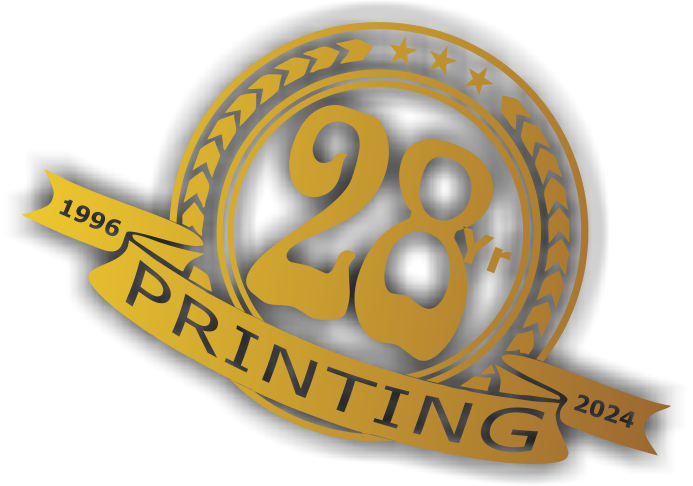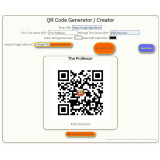A pixel, short for "picture element," is the smallest unit of a digital image or display. It is essentially a tiny dot of color that, when combined with other pixels, forms a complete image. Here’s a breakdown of how pixels relate to images and text:
* SEO - px (pixel) and characters. Space for text assuming font size 6 is used. Title: (580 Pixel / 6) = 96 characters Description: 1000 px =166 characters Alt Tags: =70 characters. - For images 500 px = 1.7 inch
Pixels in Images
Resolution: The number of pixels in an image is often described by its resolution, such as 1920x1080. This means the image is 1920 pixels wide and 1080 pixels tall. Higher resolution means more pixels and typically more detail.
Pixel Density (PPI/DPI): Pixel density refers to the number of pixels per inch (PPI) or dots per inch (DPI) on a screen or printed image. Higher PPI/DPI means more pixels are packed into each inch, resulting in a sharper image.
Color and Brightness: Each pixel can display a range of colors and brightness levels. In digital images, colors are often represented by combinations of red, green, and blue (RGB) values.
Pixels in Text
Font Size: Font sizes in digital text are often measured in points (pt) or pixels (px). A common default font size for web content is 16px, which is approximately 12 points.
Rendering: Text rendering on screens depends on the pixel density and the rendering technology. High-resolution displays (e.g., Retina displays) render text more crisply because they have more pixels per inch, making the text smoother and easier to read.
Understanding Pixel Size
Relative Size: The actual size of a pixel depends on the display or image resolution. On a high-resolution display, a pixel will be smaller than on a low-resolution display, meaning more pixels fit into the same physical space.
Absolute Size: When considering physical dimensions, such as printing, pixels are translated into a real-world measurement like inches or millimeters. For example, a 300 DPI image means there are 300 pixels per inch.
Practical Example
If you have a 100x100 pixel image on a screen with a resolution of 100 pixels per inch (PPI), the image will appear to be 1 inch by 1 inch. On a screen with 200 PPI, the same image will appear to be 0.5 inches by 0.5 inches, but it will be sharper because the pixels are denser.
In summary, a pixel is a basic unit of digital images and text, with its size and appearance varying based on resolution, pixel density, and display technology.

 29 years of #TheProfessor
29 years of #TheProfessor

 12% rewards for affiliate members
12% rewards for affiliate members

Leave a Comment